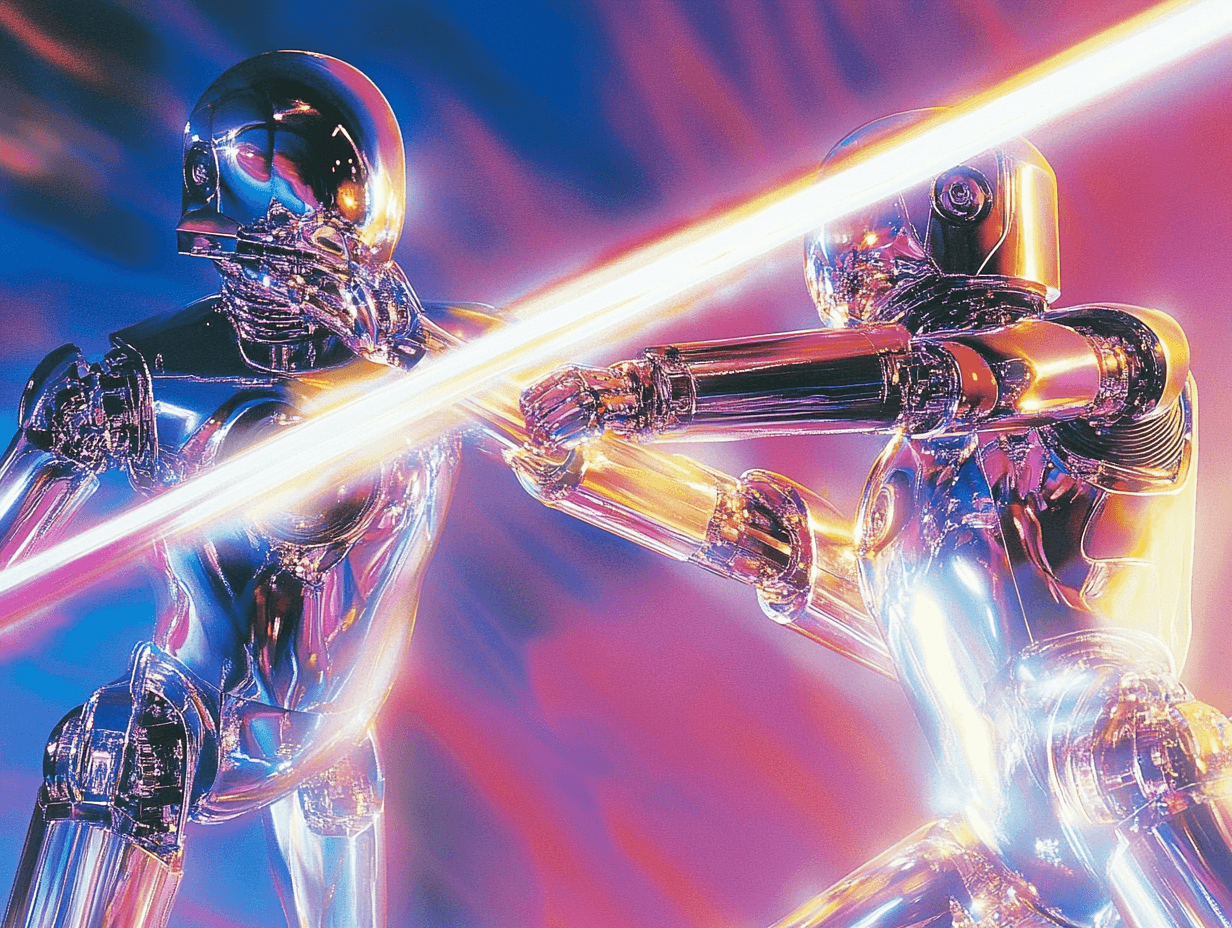Dall-E vs. Mid-Journey: An overview, comparison and a case study in prompt output

In recent years, artificial intelligence has made remarkable progress, particularly in the field of image generation and manipulation. Two prominent models that have gained considerable attention are DALL-E and Midjourney. Both models are groundbreaking in their ability to generate realistic and creative images, but they differ in their approaches and underlying technologies. In this blog post, we will delve into the world of DALL-E and Midjourney, providing an overview of each model, comparing their features, and rife with their pros and cons.
DALL-E: The Artistic Dream Machine
DALL-E, developed by OpenAI, is an AI model that specializes in generating images from textual descriptions. Unlike traditional image generation models that rely on training data, DALL-E creates images based on textual prompts provided by users. By leveraging a massive dataset comprising 12 billion parameters, DALL-E can generate highly imaginative and unique images that often defy reality. Its ability to combine diverse concepts and generate coherent visuals has earned it widespread acclaim in the AI community.
Pros of using DALL-E:
- Unparalleled Creativity: DALL-E has demonstrated remarkable creativity in generating images, resulting in awe-inspiring and novel visuals.
- Conceptual Understanding: The model is capable of understanding and representing complex concepts, enabling it to create images that align with abstract or imaginative prompts.
- Versatility: DALL-E can generate images in a wide range of styles, accommodating diverse artistic preferences and allowing for customization.
Cons of DALL-E:
- Dataset Bias: DALL-E's training data might exhibit biases, potentially leading to unintended outputs that reflect societal biases.
- Resource Intensive: The computational resources required to train and run DALL-E are significant, making it inaccessible to many individuals or organizations.
- Lack of Fine Control: While DALL-E excels at generating images, it may lack the level of control necessary for precise adjustments or modification.
Midjourney: The Interpreter of Visual Landscapes
Midjourney, on the other hand, is an AI model developed by a group of researchers from the University of California, Berkeley. It focuses on image manipulation and interpretation, allowing users to modify and transform existing images interactively. Midjourney employs a neural network architecture that learns to disentangle the different factors of an image, making it possible to manipulate specific attributes while preserving the overall context.
Pros of Midjourney:
- Interactive Manipulation: Midjourney provides a user-friendly interface that allows individuals to directly modify various aspects of an image, such as colors, textures, or shapes.
- Contextual Preservation: The model retains the overall context and structure of an image during the manipulation process, ensuring that modifications maintain visual coherence.
- Intuitive Controls: Midjourney's interface offers intuitive controls, making it accessible to both technical and non-technical users.
Cons of Midjourney:
- Dependency on Existing Images: Midjourney heavily relies on pre-existing images as input, limiting its ability to generate entirely new visuals from scratch.
- Complexity Limitations: While Midjourney offers a wide range of editing capabilities, it may face challenges when handling more intricate or intricate transformations.
- Lack of Generalizability: The model's interpretation and manipulation abilities are primarily limited to visual data and may not extend seamlessly to other domains.
A Differentiating Case-Study in Prompt Output
Prompt 1: A painting of a cat conducting an opera
Prompt 2: Einstein as a school kid taking notes
A Comparative Analysis
Now that we have explored the features, strengths, and limitations of both DALL-E and Midjourney, it's essential to compare these two models directly.
Image Generation: DALL-E takes the lead in generating new images based on textual prompts, allowing for unparalleled creativity. Midjourney, on the other hand, excels in image manipulation, providing interactive controls for modifying specific attributes while maintaining overall context.
Control and Fine-Tuning: Midjourney provides a higher level of control and fine-tuning options, allowing users to precisely modify images. DALL-E, while highly creative, may not offer the same level of control over the generated outputs.
Data Requirements: DALL-E requires textual descriptions to generate images, while Midjourney relies on pre-existing images for manipulation. The choice between the two models depends on the desired use case and available data.
Conclusion:
In the realm of AI-powered image generation and manipulation, both DALL-E and Midjourney have emerged as powerful tools, each with its unique strengths and limitations. DALL-E captivates with its unparalleled creativity, while Midjourney empowers users with interactive image manipulation capabilities. Choosing between the two depends on the specific requirements of the task at hand, whether it be generating novel and imaginative visuals or fine-tuning existing images.
As AI continues to advance, it is exciting to witness the development of models like DALL-E and Midjourney that push the boundaries of what is possible in the realm of visual content creation. These models not only serve as invaluable tools for artists and designers but also pave the way for new possibilities in various industries, including entertainment, marketing, and advertising.
Ultimately, whether one prefers the artistic dreams of DALL-E or the interactive exploration of Midjourney, both models showcase the remarkable progress made in the field of AI and open up exciting avenues for human-AI collaboration in the visual arts.
